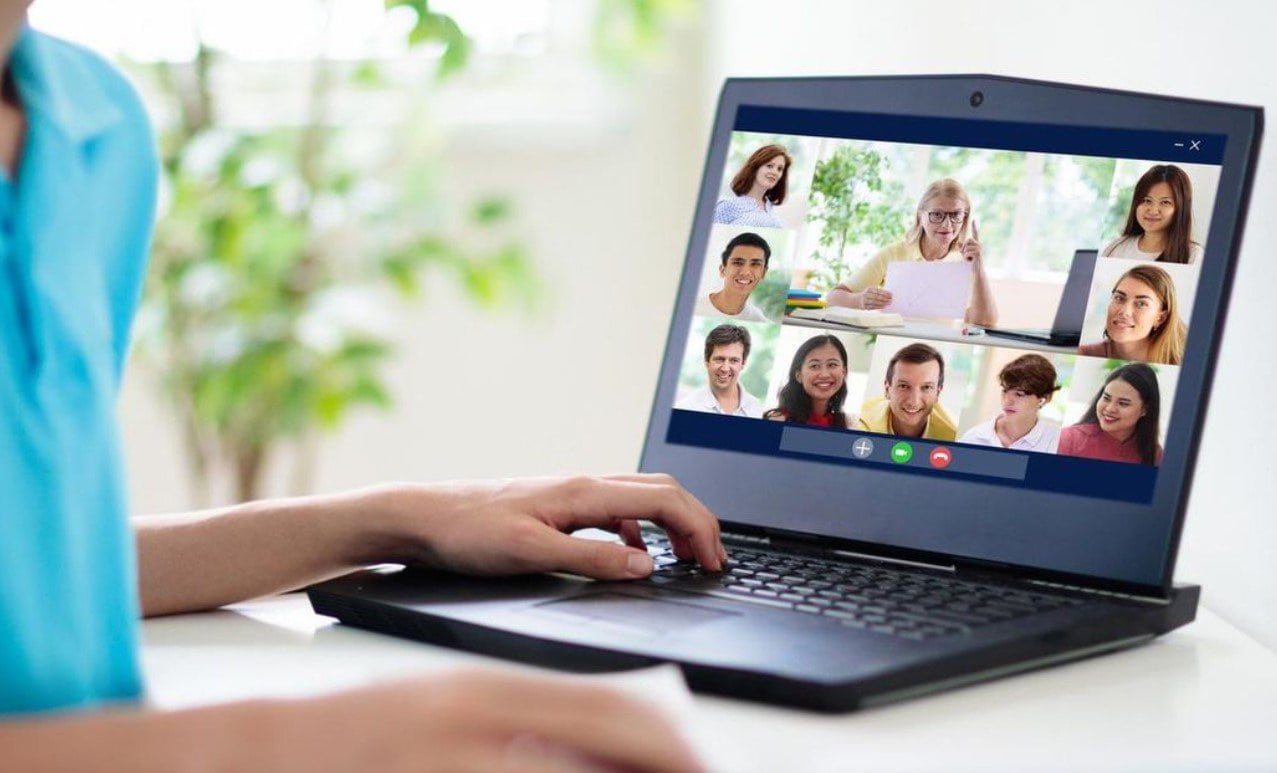Online learning is a relatively recent concept, with the word “e-learning” being coined for the first time in 1999. In contrast, the first conventional university was established in Morocco in 859. In This Article, I have shared Online Learning vs Classroom Learning
Since classroom-based learning has such a large head start, some educators perceive it to be more trustworthy. The digital revolution has nevertheless led to the emergence of e-learning as a viable alternative to physical classrooms. For instance, online courses allow students to access the same material, regardless of where they are located, and to learn at their own pace.
Students can establish their own learning speed, choose their own career path, and absorb learning materials from the world’s leading universities through online learning.
Students can select where, how, and what they study more than ever before when learning online.
However, social isolation, a lack of communicational skill development, and sophisticated cheating prevention are all issues that digital learning faces.
Classroom learning, on the other hand, has traditionally occurred in a physical classroom setting, with face-to-face interactions between students and teachers.
Students have immediate access to the teacher’s skills and knowledge when they have inquiries. Additionally, pupils have a strong sense of belonging.
In a regular classroom, students learn in a social setting with their classmates. Teachers become acquainted with their pupils through informal interactions as much as during class.
A conventional learning setting naturally produces dialogue and discourse. Students can learn cooperation in the correct school environment, while also honing their social skills and reducing social anxiety.
But, as we all know, traditional education has its own set of problems. We all saw that students sitting side-by-side in physical classrooms is not always as “safe and reliable” a choice as we once thought.
The cost of college is going up eight times faster than wages, and there aren’t enough teachers to go around. During the pandemic, we all saw that having students sit next to each other in physical classrooms isn’t always as “safe and reliable” as we thought it was.
As a result, we’ll be debating whether online learning or traditional learning is preferable nowadays.
Here’s a quick rundown of the topics discussed in this article:
What are the distinctions between E-Learning and classroom learning outcomes?
What are the benefits of traditional classroom-based learning?
The majority of in-person learning has traditionally followed a teacher-centered style. An instructor will provide a lecture, assign homework to help students remember what they’ve learned, and give exams to see how well they’ve remembered the topic.
Face-to-face courses are gradually moving towards more student-centered learning environments as more study is committed to different learning styles and teaching approaches. Some classrooms are experimenting with the “flipped” classroom model, for example.
This strategy allows students to work on individual or group projects in class with instructor assistance while also watching pre-recorded lectures as “homework.” This reduces homework frustration because aid is easily available, and everyone learns at the same rate.
This migration is moving at a snail’s pace due to the mechanisms already in place. Changing existing distribution methods takes a lot of effort, especially when public dollars are involved.
Educators are aware that the teacher-centered paradigm is ineffective, but they are restricted by the current status quo.
What about taking a class online?
What is the framework of face-to-face learning for students?
Formal education has traditionally been an institution of higher learning. Lessons are designed based on overarching standards, attendance is mandatory, and courses are outlined for students. While this system has been around for centuries, it is beginning to be seen as outdated and inadequate for addressing the needs of modern students. Many institutions are beginning to move away from this traditional structure, instead implementing more flexible and personalized learning models.
It has a rigid structure when it comes to face-to-face learning. Students are afforded minimal flexibility in traditional classrooms due to the constraints. This can lead to disengagement and lack of motivation for students, as they are unable to tailor the learning process to their own needs. Remote learning, on the other hand, offers more flexibility and autonomy, allowing students to learn at their own pace.
Classes and tests happen on dates and times that have already been set. Because you have to be there in person to learn, students and teachers must plan to be there at the same time. There is no way to be flexible with other things students might have to do.
The structure includes lectures, homework, tests, and strict rules for grading. Face-to-face learning is very formal, so there isn’t much room for creativity. However, some teachers might bring some creativity to the system.
Students have more possibilities with online learning.
The advantages of online learning are well-defined
Online learning is still fairly new, but recent technological advances have made it possible to clearly define the outcomes for learners.
Many online programs offer real benefits that can be measured. Some offer career benefits and training, which makes sure that students have skills that employers want.
It is a growing trend for employers to develop online learning programs to ensure graduates are ready for jobs that are difficult to fill. As an example, Udacity has collaborated with AT&T to offer nano-degree programs. These programs can range from basic technical skills such as coding and software engineering to more interdisciplinary skills such as data science and AI.
Even ongoing employee training can be facilitated through online learning. Employees can create their own curriculums for online learning when they need to upskill or train for new positions. This provides them with the flexibility to learn at their own pace and on their own schedule, without having to take time off work to attend a class. Additionally, online learning can be much more cost-effective than traditional classes, making it more feasible for employers to provide training to their employees.
Online learning can be facilitated at a fraction of the cost by companies. The use of virtual training programs has been shown to reduce training costs by up to 60% for some organizations. There are tangible benefits to both face-to-face and online learning. Despite the fact that there is no clear winner between the two, online education is undoubtedly just as effective. For instance, online learning has been found to increase learners’ motivation and engagement and has been shown to assist with the development of transferable skills such as problem-solving and critical thinking.
Which is Better: Online Learning Vs Classroom Learning?
Quick Links:






